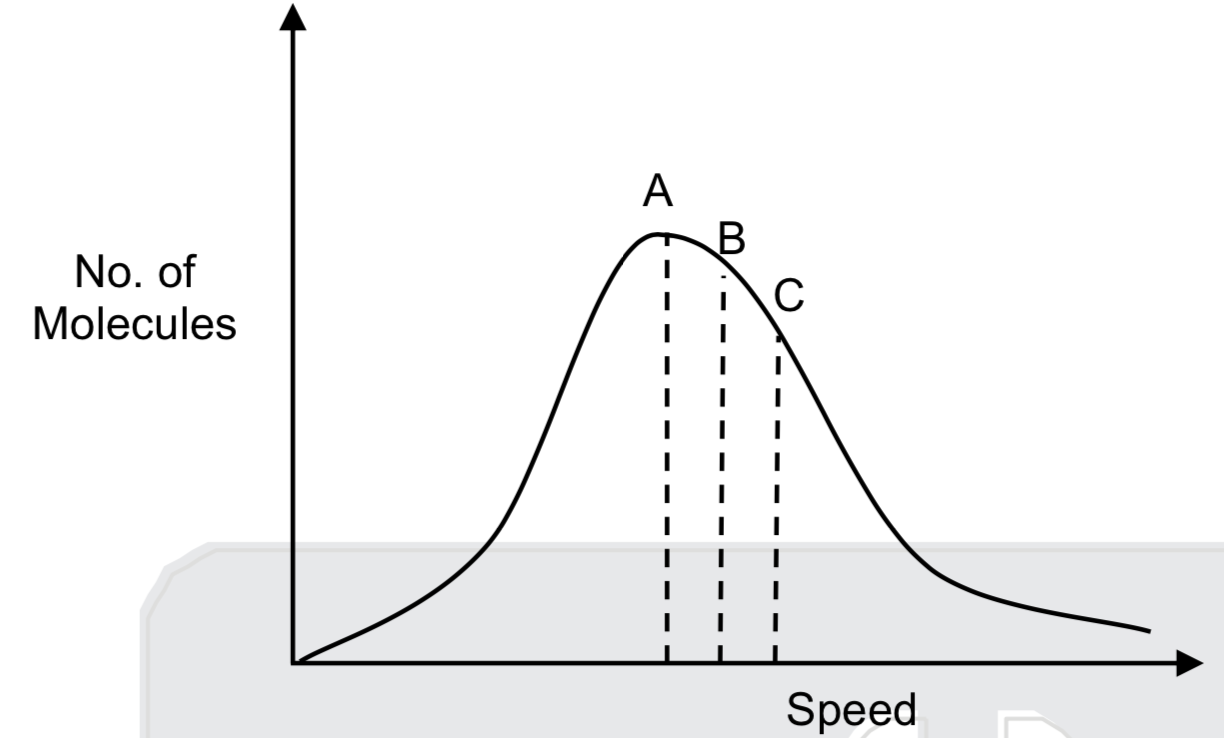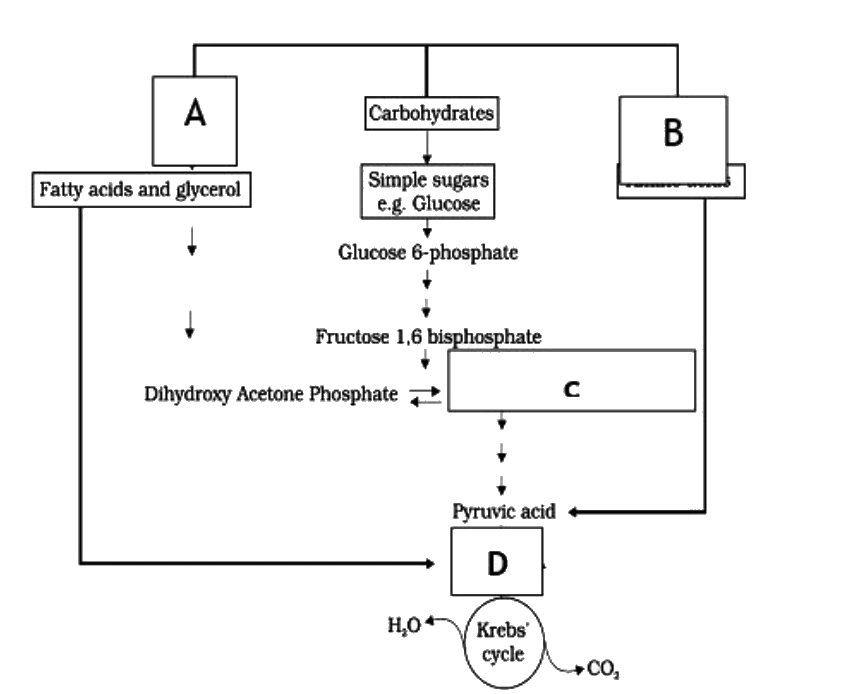Select the correct option about pathways/plants :
Pineapple, Kalanchoe and Maize are plants
Sugarcane, Pisum and Opuntia shows photorespiration
Maize, Sorghum, Sugarcane contains dimorphic chloroplast
Amaranthus, Wheat and Maize requires 30 ATP and 12 for 1 Hexose sugar synthesis
The correct Answer is:C
To solve the question regarding C4 pathways/plants, let's analyze each option step by step:
Step 1: Analyze the first option
The first option states that "pineapple, kalanchoe, and maize are C4 plants."
- Analysis: Pineapple and maize are indeed C4 plants, but kalanchoe is a CAM (Crassulacean Acid Metabolism) plant, not a C4 plant.
- Conclusion: This statement is incorrect.
Step 2: Analyze the second option
The second option claims that "sugarcane, Pysum, and Opuntia show photorespiration."
- Analysis: Sugarcane is a C4 plant and does not undergo photorespiration, while Pysum (pea) and Opuntia (a cactus) are C3 plants and can undergo photorespiration.
- Conclusion: This statement is also incorrect.
Step 3: Analyze the third option
The third option states that "maize, sorghum, and sugarcane contain dimorphic chloroplasts."
- Analysis: C4 plants like maize, sorghum, and sugarcane have two types of chloroplasts: those in the mesophyll cells and those in the bundle sheath cells. This is referred to as dimorphic chloroplasts and is characteristic of C4 plants.
- Conclusion: This statement is correct.
Step 4: Analyze the fourth option
The fourth option mentions that "Amaranthus, Wheat, and Maize require 30 ATP and 12 NADPH+ for 1-hexose sugar synthesis."
- Analysis: While maize is a C4 plant that requires 30 ATP and 12 NADPH+ for the synthesis of one hexose sugar, wheat is a C3 plant and does not follow the same pathway. Therefore, this statement is incorrect.
- Conclusion: This statement is also incorrect.
Final Conclusion
Based on the analysis:
- The correct option regarding C4 pathways/plants is Option 3: maize, sorghum, and sugarcane contain dimorphic chloroplasts.
---
The first option states that "pineapple, kalanchoe, and maize are C4 plants."
- Analysis: Pineapple and maize are indeed C4 plants, but kalanchoe is a CAM (Crassulacean Acid Metabolism) plant, not a C4 plant.
- Conclusion: This statement is incorrect.
The second option claims that "sugarcane, Pysum, and Opuntia show photorespiration."
- Analysis: Sugarcane is a C4 plant and does not undergo photorespiration, while Pysum (pea) and Opuntia (a cactus) are C3 plants and can undergo photorespiration.
- Conclusion: This statement is also incorrect.
The third option states that "maize, sorghum, and sugarcane contain dimorphic chloroplasts."
- Analysis: C4 plants like maize, sorghum, and sugarcane have two types of chloroplasts: those in the mesophyll cells and those in the bundle sheath cells. This is referred to as dimorphic chloroplasts and is characteristic of C4 plants.
- Conclusion: This statement is correct.
The fourth option mentions that "Amaranthus, Wheat, and Maize require 30 ATP and 12 NADPH+ for 1-hexose sugar synthesis."
- Analysis: While maize is a C4 plant that requires 30 ATP and 12 NADPH+ for the synthesis of one hexose sugar, wheat is a C3 plant and does not follow the same pathway. Therefore, this statement is incorrect.
- Conclusion: This statement is also incorrect.
Based on the analysis:
- The correct option regarding C4 pathways/plants is Option 3: maize, sorghum, and sugarcane contain dimorphic chloroplasts.
Topper's Solved these Questions
- BIOLOGY AT A GLANCEBook:ALLENChapter:BIOLOGY AT A GLANCEExercise:Reproduction In Plants
Explore 25 Videos
- BIOLOGY AT A GLANCEBook:ALLENChapter:BIOLOGY AT A GLANCEExercise:Genetics
Explore 29 Videos
- BIOLOGY AT A GLANCEBook:ALLENChapter:BIOLOGY AT A GLANCEExercise:Cell Biology
Explore 80 Videos
- BIODIVERSITY AND CONSERVATIONBook:ALLENChapter:BIODIVERSITY AND CONSERVATIONExercise:S
Explore 18 Videos
- BIOLOGY AT A GLANCE (ZOOLOGY )Book:ALLENChapter:BIOLOGY AT A GLANCE (ZOOLOGY )Exercise:EXERCISE
Explore 207 Videos
Similar Questions
Select the correct options
 :
:
View SolutionSelected the correct option
View Solution
Select the correct options:
View Solution
Select the correct options :
View SolutionSelect the correct option(s).
View SolutionSelect the correct option about cockroach
View SolutionSelect correct statement about CH4
View SolutionSelect the correct option for A, B,C & D

View Solutionselect the correct option about collenchyma
View SolutionIn case of C4-pathway
View Solution